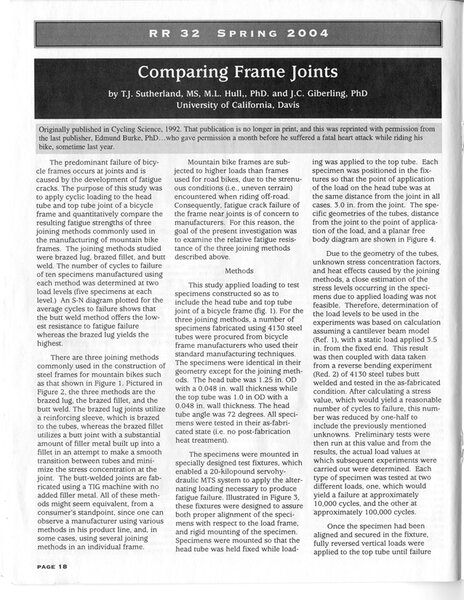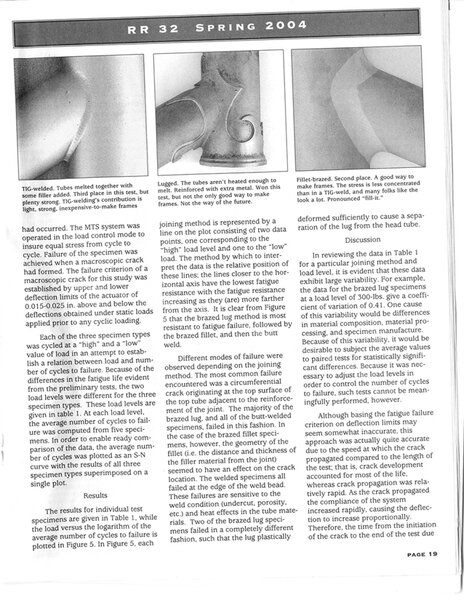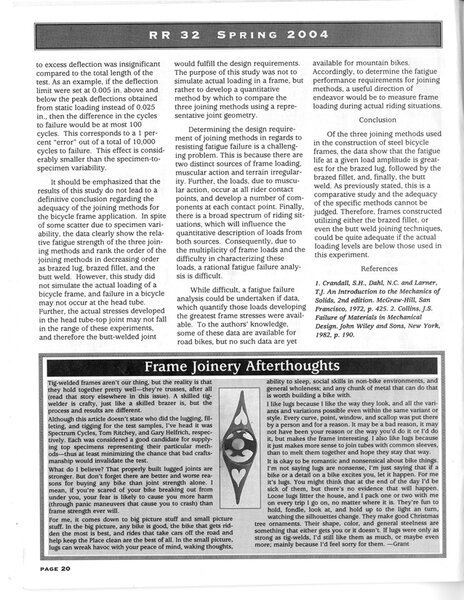deejayen":rv8kpn4i said:Thanks, everyone. I'm a long way off being ready to buy a frame, so really just trying to pick up some info for now. That Overbury's looks lovely! Were there any mainstream manufacturers making quality brazed steel frames (a couple of names which spring to mind are Peugeot and Saracen)?
Looks like you've started the kind of thread that is like four people in the same room all talking, with three talking to one another and the fourth apparently talking to himself.
Hello! Can anyone hear me?
Fillet brazing does not really suit the kind of production that bigger companies require. However, if you look at early mtb's from people like Orange and Dawes, you may find some fillet joints, although this is not really my area, and others like LGF or Sinnerman could give you much more accurate information.
Don't be put off the hand built frames, they are really not that expensive, you just have to keep your eyes open for them. I have five fillet brazed frames, the cheapest was £100 and the most expensive £285 (newly re sprayed and with two pairs of forks), so they are not that much more than a good production frame.
Have a good search around the readers bikes section, there are some stunners in there.



